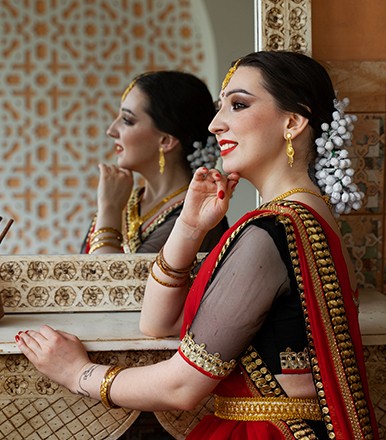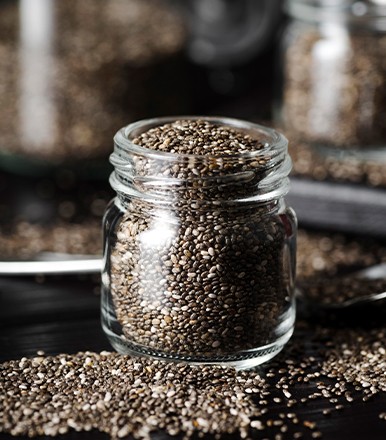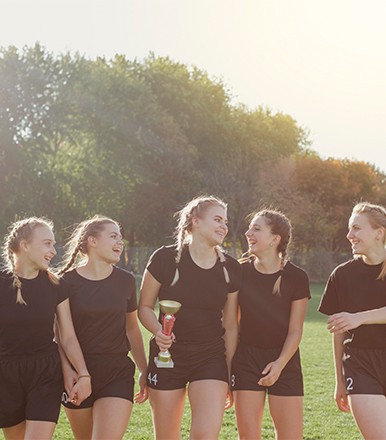It’s really surprising that women, who are considered the architects of our society, are never treated as equals. No matter what field or industry we take into context, women have suffered a fate that sometimes leaves us baffled and dumbfounded.
One such scenario unfolds in the history of women’s participation in sports. According to archaeological and other historical shreds of evidence, the ancient societies of Greece and Egypt saw women openly partake in sports like archery, boxing, wrestling, and much more.
However, as we move towards modern society, we witness a paradigm shift in society’s approach towards women’s participation in several activities, and sports is one of them. Therefore, in this article, we took upon ourselves the responsibility to unearth the reasons that have stigmatized women’s participation in sports in today’s society.
Gender and Social Norms of Medieval Society
Following the decline of ancient civilizations like Greek, Roman, and Egyptian, the only sense of stability arrived around the medieval ages. But, by then the gender norms had changed completely.
Women, the mighty descendants of warrior races, were now judged with a different outlook by this new society. Instead of being considered equal to men, they were given the tag of subordinates. Chivalry and Knighthood created a code of conduct that emphasized the idea that women were weak and required a knight in shining armour for their protection. Their primary responsibility was reduced to childbirth and domestic duties. Hence, participating in physical activities was seen as conflicting with their assumed role.
This was not enough to dissuade women from fighting for what was their rights. The struggle got them some liberty, even if it came with a disparity in class and societal status.
Class divides of the Victorian Era
As times changed, women found their voice albeit it fell on deaf ears. However, it did create a sense of undercurrent of a topple shift in power in the society.
Coming back to the Victorian age, we witness that class despair was palpable in the way how the ladies who belonged to the well-off class enjoyed some freedom when it came to sports. Despite the belief that engaging in sporting activities could harm women’s reproductive organs or compromise their femininity, upper-class women engaged in sports like horseback riding, archery, and other minor sports. These were allowed under the pretense of maintaining grace and social status.
Meanwhile, the women of the working class were forced to perform physical chores. At times they would even have to undergo physical labor at work, however, that was not seen as conflicting with the overall standards of society.
Rise of women in sports
All these social stigmas could not keep women out of the sporting realms. In the late 1800s and early 1900s, there was a wave of informal athletic clubs formed by women. Through these clubs, they engaged in sports such as Tennis, Croquet, Bowling, and Archery. As a direct result of this, we had the first women participation in the 1900 Olympics, where 22 women competed alongside men in events such as sailing, croquet, and equestrian sports. Since then, there has been no looking back for women.
In 1922, the first Women’s Olympics took place in Paris, where women competed in more physical and demanding games such as basketball, cycling, gymnastics, and rhythmic gymnastics.
The race for equality was not won, though, at least not yet. It took women another 40 years or so to be completely accepted in athletics, a world that held the notion that women were not made for it.
Yes, one might think that these are outdated thoughts, but that’s not the case. Women were considered physically weak to run a marathon. That’s when two women decided to take it among themselves to change this notion, and their names were Bobbi Gibb and Kathrine Switzer.
The first run for struggle was made by Bobbi Gibb in 1966 when she partook in the Boston Marathon. She was not allowed to participate; hence she donned her brother’s clothes and ran the entire length of the race in 3 hours, 21 minutes, and 40 seconds. Obviously, her participation was not officially recognized but her efforts produced positive reactions from other participants who encouraged her all the way until she crossed the finishing line.
Getting inspired by Gibb’s antics, another woman decided to show up at the 1967 race. This time, she was an official participant with a bib number on her t-shirt. The woman in question was Kathrine Switzer, with number 261. When Jock Semple, the race director, came to know about her involvement, he immediately tried his best to get her off the tracks. This action ingrained 261 as the symbol of equality.
The image featuring him trying to string off Switzer today has become a part of “the 100 photos that have changed the world,” according to Life Magazine. Following the competition of this race, Switzer went on to partake in 40 more such races and ended up establishing the 261 Fearless project, dedicated to the inclusion of women in the world of running and sports.
Trans Women in Sports
In today’s time, it’s not just women who thrive and fight for equality; even the participation of transgender women in sports is turning into a growing debate. Trans women face discrimination and calls for restricted competition due to concerns about fairness.
Advocates for inclusion argue that trans women are women and deserve the right to compete based on their identity. They also point to the effectiveness of hormone therapy in reducing physical advantages.
On the other hand, some argue that physical traits developed during male puberty can give trans women an edge. This raises concerns about fairness for cisgender women and the integrity of women’s sports.
Finding the right balance requires ongoing research on hormone therapy’s impact and developing fair regulations. Ultimately, creating a respectful and inclusive environment for all athletes, regardless of gender identity, is key.
Women in Sports today
In recent years, women athletes in India have shattered stereotypes and blazed trails in the field of sports. From breaking records to representing the nation on the global stage, their achievements have garnered recognition and inspired generations.
Leading the charge is Mary Kom, a six-time world boxing champion whose journey from a remote village to Olympic glory has captured the nation’s imagination. Then there’s Mirabai Chanu, whose silver medal win at the Tokyo Olympics 2020 brought weightlifting into the limelight.
Saina Nehwal and PV Sindhu have consistently raised the bar with their stellar performances on the badminton court. While PT Usha’s legacy as the “Queen of Indian Track and Field” continues to inspire aspiring athletes.
These women have not only overcome societal barriers but have also triumphed over personal challenges to reach the pinnacle of success. Their dedication, perseverance, and indomitable spirit have made India proud on the world stage.
As more opportunities and support systems emerge, women athletes are poised to achieve even greater heights, setting new benchmarks and cementing their place in India’s sporting history. Their journey serves as a beacon of hope and empowerment for future generations, inspiring them to dream big and strive for excellence in sports.
Hello Fitness Magazine is your go-to resource if you're seeking comprehensive insights into holistic wellness for the modern woman. From fitness tips tailored to busy schedules to mindfulness practices and nutrition guidance, our magazine covers a wide spectrum of topics to support your journey towards a balanced and Healthy lifestyle. Visit the Website to explore our latest articles and discover expert advice on achieving wellness in today's fast-paced world.














